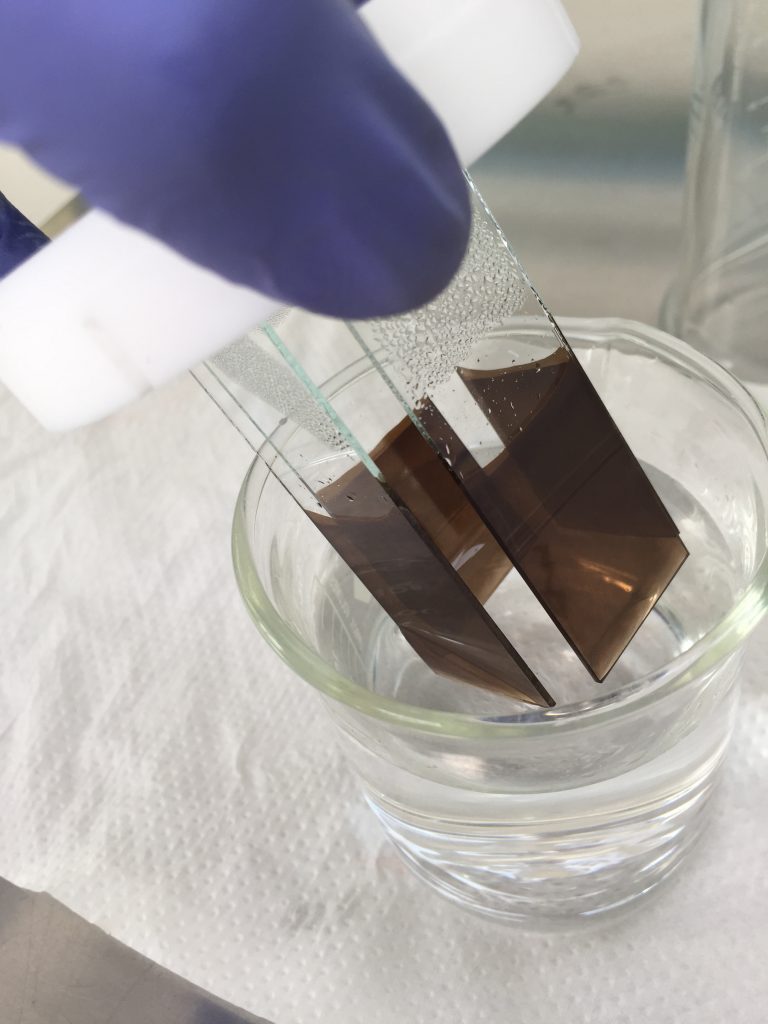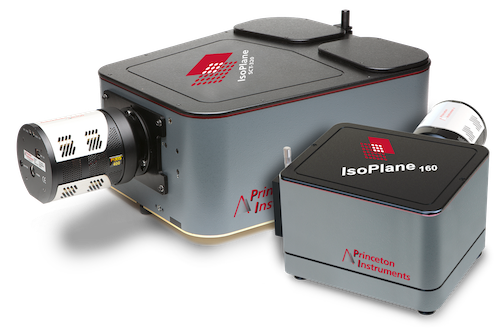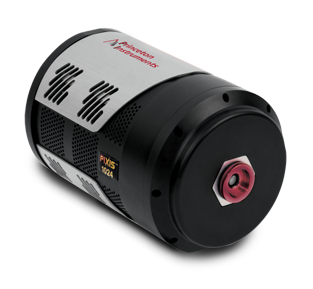Harald Gießen
ACS
Introduction
Prof. Harald Gießen’s group from the University of Stuttgart (Germany) is working on using photonics and nanotechnologies for new applications and devices. The researchers are looking at technologies to create displays operated by controlling plasmonic effects. Plasmonics deals with interactions of light with metallic nanostructures which can be designed to show strong reaction to light at very specific wavelength. For a dynamic, changeable display the position of these resonance wavelengths has to be controlled ideally by applying electrical voltage to the device. The researchers from Germany are creating devices based on thin Cu films with nanostructures etched into them immersed in an electrolyte solution. When applying a voltage, the Cu is electrochemically changed (oxidized or reduced) changing the color of light reflected from the device.

The setup for spectral reflectance measurements is realized using an Isoplane/PIXIS spectroscopy system. Prof. Gießens company NT&C builds microspectroscopy equipment for sensitive bright and dark field spectroscopy using Isoplane and SpectraPro HRS systems.


